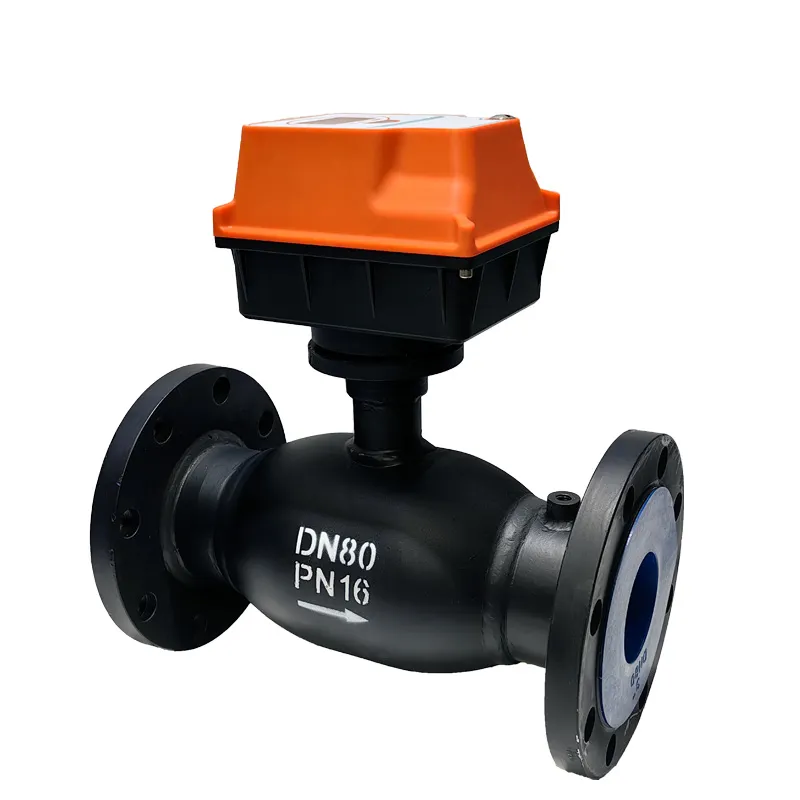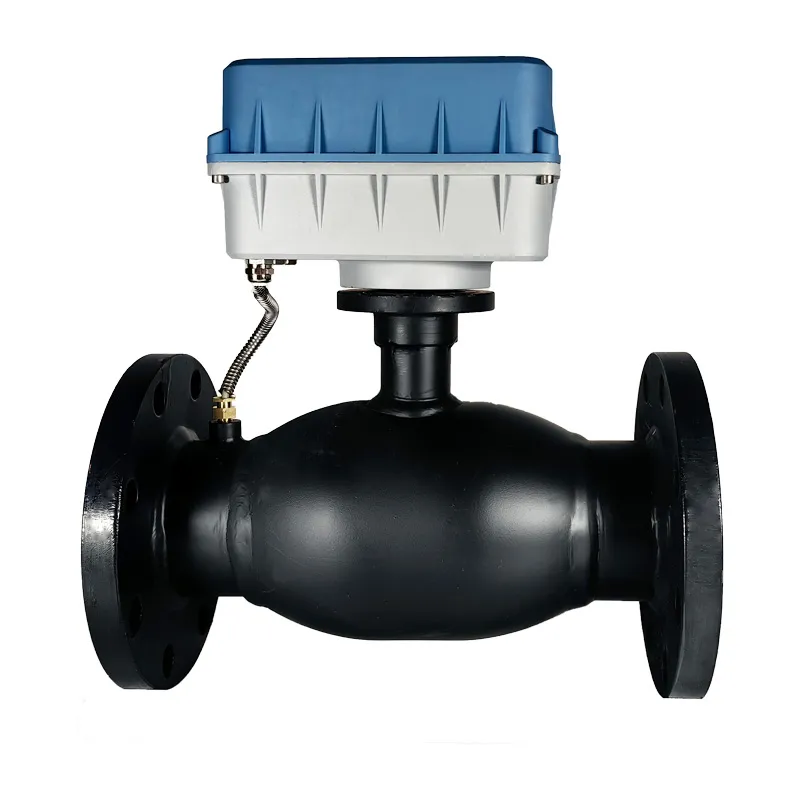Avoid your inquiry is delay response, please enter your WhatsApp/WeChat/Skype along with the message, so we can contact you at the very first time
We will reply you within 24 hours. If for urgent case, please add WhatsApp: +86 13188899036, or WeChat: 0531-87968777. Or call 0531-87968777 directly.
* We respect your confidentiality and all information are protected. We will only use your information to respond to your inquiry and will never send unsolicited emails or promotional messages.
Balancing valves play a key role in regulating and controlling fluid flow in various systems. But how do they work, and what types are commonly used in different applications?
Balancing valves are designed to regulate the flow of fluid in HVAC and other fluid-based systems, ensuring that each part of the system gets the right amount of flow for efficient operation.

balancing valves
balancing valves
Balancing valves help achieve the optimal balance of fluid flow throughout a system by controlling and regulating how fluid is distributed. These valves are critical in systems like heating, ventilation, and air conditioning (HVAC), where maintaining proper flow and pressure is essential for efficiency. Balancing valves ensure that each part of a system is receiving the correct amount of flow, preventing issues like overloading or underperformance.
Different types of balancing valves are used depending on the system’s design and purpose. The right type of valve can significantly impact system efficiency and performance, helping reduce energy consumption and operational costs. Let’s explore the most common types of balancing valves and how they work.
Balancing valves are sometimes referred to by other names, but what are these alternate terms?
Another name for a balancing valve is a flow control valve1, as it helps regulate the flow of fluids in a system.

Flow control valve
Balancing valves are often called flow control valves because of their primary function—controlling and regulating the flow of fluids. These valves are specifically designed to ensure that each part of a system receives the correct amount of fluid flow, which is especially crucial in systems like HVAC or district heating networks.
While “balancing valve” is the most common term, you may also hear terms like “flow limiter” or “differential pressure valve2” depending on the specific type of valve and the application. The goal remains the same: to balance the flow of fluid to ensure optimal performance and energy efficiency.
| Term | Description |
|---|---|
| Flow Control Valve | Regulates fluid flow throughout the system |
| Differential Pressure Valve | Regulates pressure to maintain balanced flow |
| Flow Limiter | Limits the maximum flow to prevent overloads |
Balancing valves are critical for managing the performance of complex fluid systems, and knowing the alternative names can help in identifying the right valve for your needs.
Choosing the right balancing valve depends on several factors. But what should you consider when selecting one?
When choosing a balancing valve, consider factors like the type of system, the required flow rates, and whether the valve can be easily adjusted to achieve optimal performance.
The selection of a balancing valve largely depends on the specific needs of the system. Here are some key factors to consider when choosing the right valve:
| Factor | Considerations |
|---|---|
| Flow Rate | Valve must be rated for required flow levels |
| System Type | Choose a valve compatible with your specific system |
| Adjustability | Easy-to-adjust valves vs. automated systems |
| Pressure Handling | Can the valve regulate pressure as well as flow? |
Selecting the right balancing valve is key to ensuring efficient fluid flow and system performance. By evaluating these factors, you can make an informed decision that will help optimize your system’s operation.
Circuit setters and balancing valves both regulate flow, but how do they differ?
A circuit setter4 is designed to set and maintain the correct flow rate in a specific part of the system, while a balancing valve ensures overall system balance by regulating flow across multiple branches.
While both circuit setters and balancing valves perform similar functions, there are key differences:
Circuit setters are usually installed at the beginning of a system branch, where flow needs to be set. Balancing valves are typically used throughout the system to ensure the right flow distribution across all branches and circuits.
| Feature | Circuit Setter | Balancing Valve |
|---|---|---|
| Primary Purpose | Set flow rate in a specific circuit | Ensure overall flow balance across the system |
| Adjustment | Manual setting for specific circuit flow | Regulates flow across multiple system sections |
| Application | Used at branch points or circuit starts | Used throughout the system to maintain balance |
Circuit setters are more specific to individual circuits, while balancing valves provide a broader, system-wide solution to fluid distribution.
Where should a balancing valve be installed—on the flow or the return side5 of the system?
Balancing valves are typically installed on the flow side of a system to control the fluid flow entering the system.

Balancing valve installation
In most systems, balancing valves are installed on the flow side of the system. This ensures that the fluid entering the system is regulated and balanced before it reaches the different branches or components. By adjusting the valve on the flow side, you can ensure that the right amount of fluid flows to each part of the system.
In some cases, it might also be necessary to install a balancing valve on the return side, especially in systems where precise control of the return flow is critical. However, the flow side is generally the most common installation location.
| Location | Advantage |
|---|---|
| Flow Side | Regulates fluid before distribution |
| Return Side | Less common, used for specific control needs |
Installing the balancing valve on the flow side provides more direct control over the fluid entering the system, ensuring that each section receives the correct amount of fluid flow.
Balancing valves are essential for ensuring proper fluid distribution in systems. By understanding their types, proper installation, and how they differ from other components, you can optimize your system for efficiency and reliability.